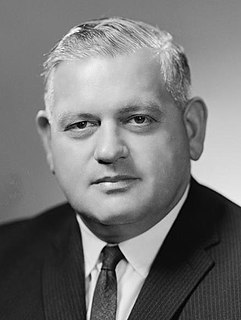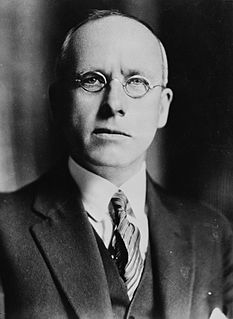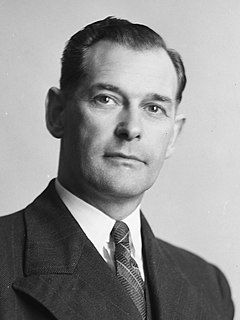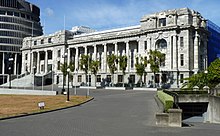
The New Zealand general election of 1972 was held on 25 November to elect MPs to the 37th session of the New Zealand Parliament. The Labour Party, led by Norman Kirk, defeated the governing National Party.

The 1969 New Zealand general election was a nationwide vote to determine the shape of Parliament's 36th term. It saw the Second National Government headed by Prime Minister Keith Holyoake of the National Party win a fourth consecutive term.

The 1946 New Zealand general election was a nationwide vote to determine the shape of the New Zealand Parliament's 28th term. It saw the governing Labour Party re-elected, but by a substantially narrower margin than in the three previous elections. The National Party continued its gradual rise.

The 1949 New Zealand general election was a nationwide vote to determine the shape of the New Zealand Parliament's 29th term. It saw the governing Labour Party defeated by the opposition National Party. This marked the end of the First Labour government and the beginning of the First National government.

The 1954 New Zealand general election was a nationwide vote to determine the shape of the New Zealand Parliament's 31st term. It saw the governing National Party remain in office, but with a slightly reduced majority. It also saw the debut of the new Social Credit Party, which won more than eleven percent of the vote but failed to win a seat.

The 1957 New Zealand general election was a nationwide vote to determine the shape of the New Zealand Parliament's 32nd term. It saw the governing National Party narrowly defeated by the Labour Party. The 1957 elections marked the beginning of the second Labour government, although this administration was to last only a single term.

The 1960 New Zealand general election was a nationwide vote to determine the shape of the New Zealand Parliament's 33rd term. It saw the governing Labour Party defeated by the National Party, putting an end to the short second Labour government.

The 1963 New Zealand general election was a nationwide vote to determine the shape of New Zealand Parliament's 34th term. The results were almost identical to those of the previous election, and the governing National Party remained in office.

The 1966 New Zealand general election was a nationwide vote to determine the shape of the New Zealand Parliament's 35th term. It saw the governing National Party win a third consecutive term in office. It was also the first time since the 1943 election that a minor party won a seat in Parliament.

The 29th New Zealand Parliament was a term of the Parliament of New Zealand. It opened in 1950, following the 1949 general election. It was dissolved in 1951 in preparation for the 1951 general election. The governing Labour Party had been defeated in the election by the National Party. This marked the end of the First Labour government and the beginning of the First National government.

The 28th New Zealand Parliament was a term of the New Zealand Parliament. It was elected at the 1946 general election in November of that year.

The 30th New Zealand Parliament was a term of the New Zealand Parliament. It was elected at the 1951 general election on 1 September of that year.

The 31st New Zealand Parliament was a term of the New Zealand Parliament. It was elected at the 1954 general election on 13 November of that year.

The 32nd New Zealand Parliament was a term of the New Zealand Parliament. It was elected at the 1957 general election on 30 November of that year.

The 34th New Zealand Parliament was a term of the New Zealand Parliament. It was elected at the 1963 general election on 30 November of that year.

The 35th New Zealand Parliament was a term of the New Zealand Parliament. It was elected at the 1966 general election on 26 November of that year.

The 36th New Zealand Parliament was a term of the New Zealand Parliament. It was elected at the 1969 general election on 29 November of that year.

The 38th New Zealand Parliament was a term of the New Zealand Parliament. It was elected at the 1975 general election on 29 November of that year.

The 37th New Zealand Parliament was a term of the New Zealand Parliament. It was elected at the 1972 general election on 25 November of that year.
The Grey Lynn by-election 1963 was a by-election held in the Grey Lynn electorate in Auckland during the term of the 33rd New Zealand Parliament, on 18 May 1963.









